It’s no secret that as we age, our bodies change and everything starts to look and feel a little different than it used to. One of the most visible signs of ageing is changes in the skin – fine lines, wrinkles, sagging, age spots and much more.
While ageing is inevitable, it’s true to say that none of us want to look old, we don’t want wrinkles or saggy skin. Fortunately, we can put measures into place from an early age that can slow down the visible signs of ageing, and reduce the impacts on our skin as much as possible.
But first, why does our skin age?
There are many layers to the skin, but it is generally broken down into three main parts:
- Epidermis – this is the outer layer of skin containing skin cells, pigments and proteins. Acts as a barrier to prevent infection from external factors.
- Dermis – the middle layer containing blood vessels, nerves, hair follicles, oil glands and an arrangement of extracellular matrix (ECM) proteins including collagen and elastin. Cushions the skin from stress and strain, and provides nutrients to the epidermis.
- Hypodermis – the innermost layer of skin containing sweat glands, hair follicles, blood vessels and fat. Acts as an insulator to regular body temperature.
Now, as we age the skin begins to lose its elasticity, due to a break down in the connective tissue – this is what makes the skin thinner, more prone to sagging and less likely to heal itself from injuries. We also become more prone to bruising and bleeding under the skin as the blood vessels of the dermis become more fragile.
The sweat glands in the hypodermis layer also start to produce less oil as we get older – which might seem like a relief to all those oily skin sufferers, but it actually can result in dryness and itchiness as it’s difficult to keep the skin moist.
Less insulation and padding in the hypodermis layer increases our risk of injury and decreases our ability to maintain body temperature, as there is not as much cushioning to protect from external factors.
All of these things combined, along with other factors that come with ageing result in thin, fragile skin which bring on the dreaded skin changes such as wrinkling and sagging. Generally, other changes such as growths including warts, skin tags and blemishes are more common as we get older.
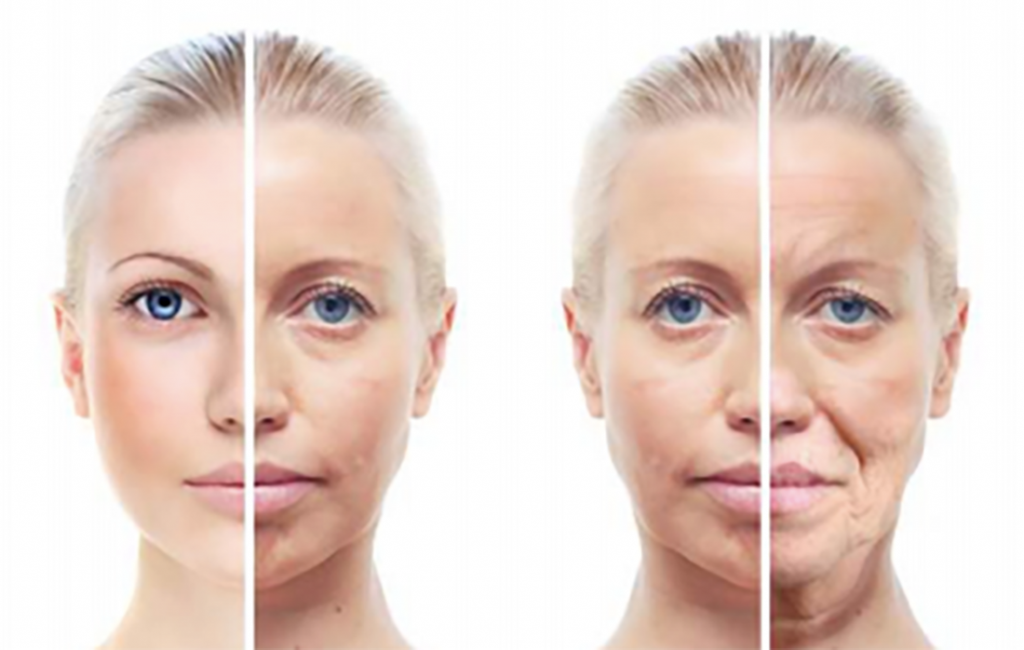
So, how do we stop our skin from ageing?
Preventing the signs of ageing is far easier than attempting to reverse them in later life. Granted, there is no way we can fully prevent wrinkles or fine lines, as it goes without saying that we won’t look the same as we did in our twenties when we’re in our sixties. However, it’s easy to tell the difference between those who have taken good care of their skin throughout life, compared to those who haven’t.
With that being said, let’s take a look at what happens to our skin over the years, how it changes and the best things you can possibly do during each stage of life to improve your chances of ageing gracefully.
Skin in your teens
Heading into double figures can be problematic for many. While some people may be blessed with radiant and youthful skin, puberty can cause havoc for a lot of us.
Changes in hormones can have a major impact on our skin, and this is prime time for developing acne. As difficult as it may be, it’s important to avoid picking at any spots at all costs, as this can result in long-lasting scarring. Ensuring you get enough sleep, limiting sun exposure and adopting a basic yet effective skincare routine are the best course of action for this stage of life.
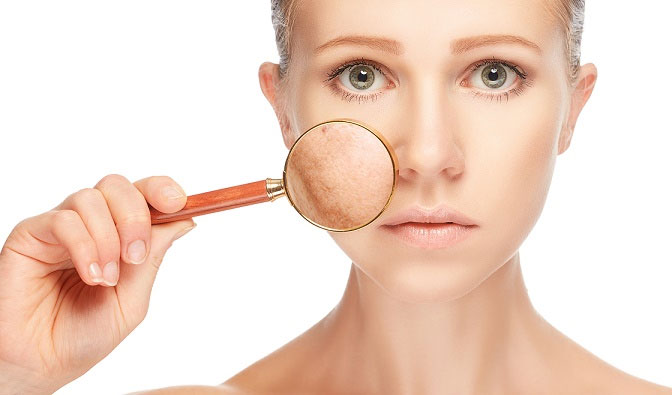
Skin in your 20’s
In your early 20’s, chances are your skin has now overcome the effects of puberty and you’ve likely grown out of acne. However, the impacts of how you treated your skin and possible acne back in your teens will be visible.
As you hit your mid 20’s, you’ll start to see real changes and ageing effects on the skin. It’s around the age of 25 when the skin’s collagen and elastin begins to slow down and we start to see some pigmentation. We also start to see the effect of hereditary and environmental factors on the skin, and fine lines may begin to form around the outer corners of the eyes and lips.
What should you do?
Taking preventative measures should be the main concern in your 20’s, and establishing a solid skincare routine should be at the forefront of this.
We would recommend wearing a good SPF every day to limit sun damage and further long-term complications from this. Exfoliating your skin once a week will encourage cell renewal and assist the skin’s proper functioning, allowing you to age better.
Evolve’s recommendations:
- Alumier MD SPF
- DMK Home Enzyme (Exoderma & Foamy Lift)
- DMK Micro Peel
- Alumier MD Lotus Scrub & Enzymatic Peel
- Dermapen
- In-clinic treatments to prevent the ageing process
- Skin peels
- Laser resurfacing
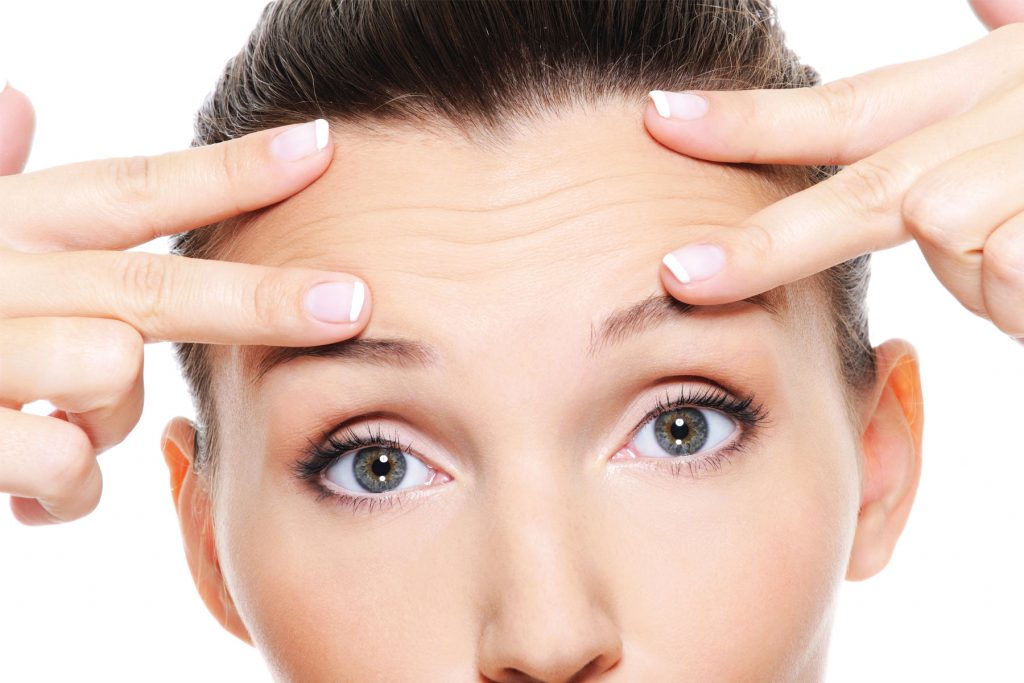
Skin in your 30’s
The most common factor to affect your skin in your 30’s is stress, as life gets busier and more hectic. Cell turnover is not as frequent, and dead cells fill the outer layer which is made worse by external factors such as stress.
This is where you will start to see the most prominent changes in your skin, due to a decrease in hyaluronic acid, subcutaneous fat, blood vessels, collagen and elastin. This slowing down of fibroblast activity results in laxity looseness under the chin, with fine lines and wrinkles beginning to show around the eyes and mouth.
Muscles tend to relax and lose their tone, and hormonal pigmentation may be present during pregnancy.
What should you do?
Pay extra attention to problem areas such as around the eyes and mouth, using specially formulated creams and serums to target those areas and minimise fine lines and wrinkles. You will likely find that your skincare regime needs a major shake up, as the products used in your 20’s won’t be sufficient now.
Evolve’s recommendations:
- DMK Betagen Crème
- Alumier Serums
- Alumier Eye Creams
- DMK Enzyme Treatments (in clinic)
- Alumier MD Glow Peel (in clinic)
- Dermapen
- Skin peels
- Laser resurfacing
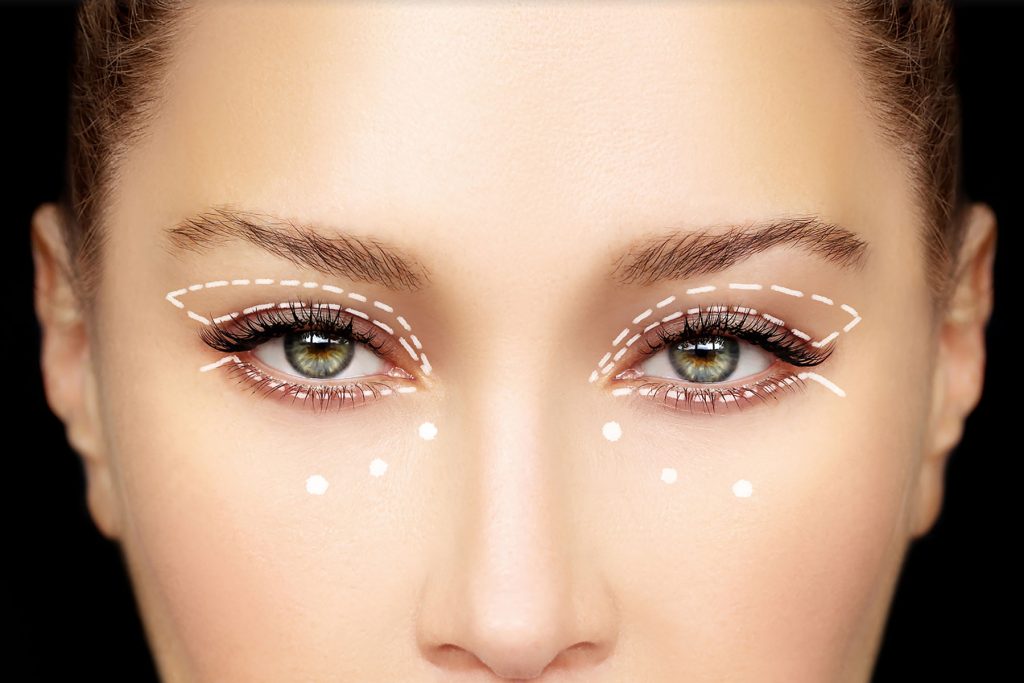
Skin in your 40’s
As we near menopause, the dermis and epidermis become thinner, resulting in fragile, thin skin which has a tendency to look dull and grey. It’s around now that we really begin to see the effects of sun damage and deep lines and wrinkles are more visible than ever.
Slowed fibroblast activity and a loss of subcutaneous fat results in forehead wrinkles, deeper mouth creases and sagging in the neck. Our mid 40’s sees the chin beginning to sag, deeper crows feet and a baggier appearance in the lower lids. Due to damaged protein accumulating in the skin, scars and sun damage become more prominent.
What should you do?
Lotions and potions will do little to reverse the visible signs of ageing at this stage, so if that’s something you are striving for, it’s time to take a serious look into in-clinic treatments to help rejuvenate the skin and create a more youthful, refreshed appearance.
Evolve’s recommendations:
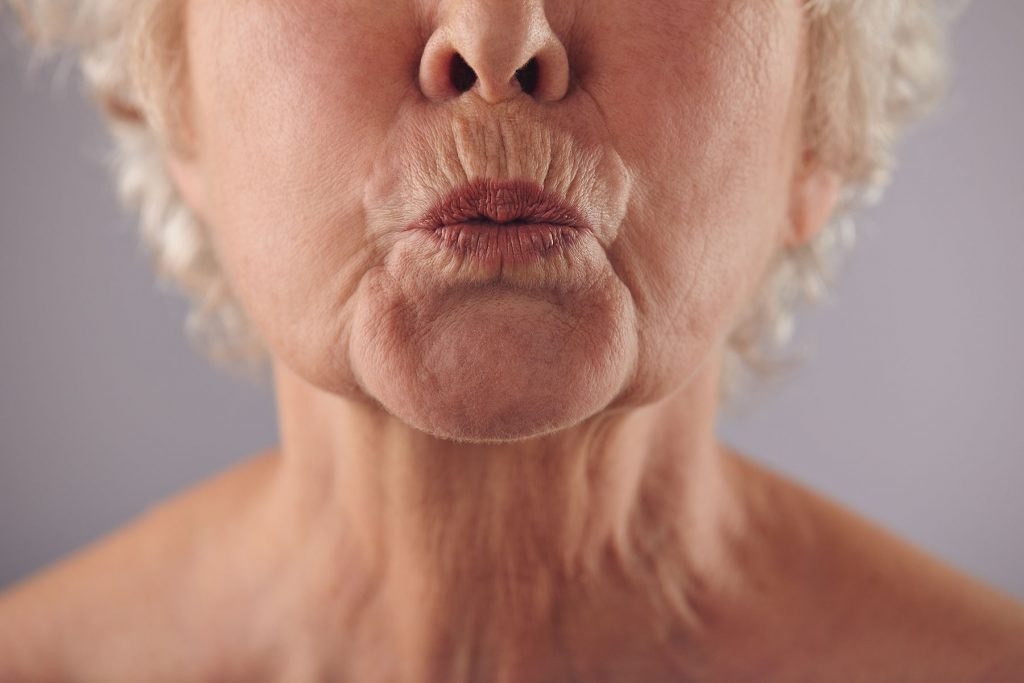
Skin in your 50’s+
By the time we reach our 50’s, all evidence of sun damage, skin care and the natural ageing process are completely visible. We start to see deeper wrinkles and pigmentation is more evident.
Skin starts to become very dry as sebum production begins to slow down due to a decrease in oestrogen. We now have less muscle and fat under the skin and the lowest level of elastin and collagen, meaning our skin has lost much of its tightness from 30 years ago.
Some people may begin to see spider veins, age spots and skin tags develop, and we may experience dilated superficial blood vessels in our 60’s+.
What should you do?
First and foremost, always wear an SPF on your skin every day to minimise further sun damage in addition to any present from earlier in life. It’s important to focus on trying to diminish fine lines and wrinkles with the use of Vitamin A and Retinol in your skincare routine which help to encourage dead skin cell turnover.
There are a few brilliant in-clinic treatments that can help to tighten the skin and reduce the visible signs of ageing by making lines and wrinkles less prominent.
Evolve’s recommendations:
- Botox/Fillers
- Venus Freeze Treatment
- HIFU Lab Treatment
- PRP (Vampire Facial)
- PlexR (Soft Surgery Treatment)
- Dermapen
- Skin peels
- Laser resurfacing
Concerned about skin ageing? To find out more about our in-clinic treatments and at-home skincare routines, please get in touch with us here or call the clinic on 01204 528 884 and we will invite you in for a free consultation with one of our fully qualified, professional practitioners.
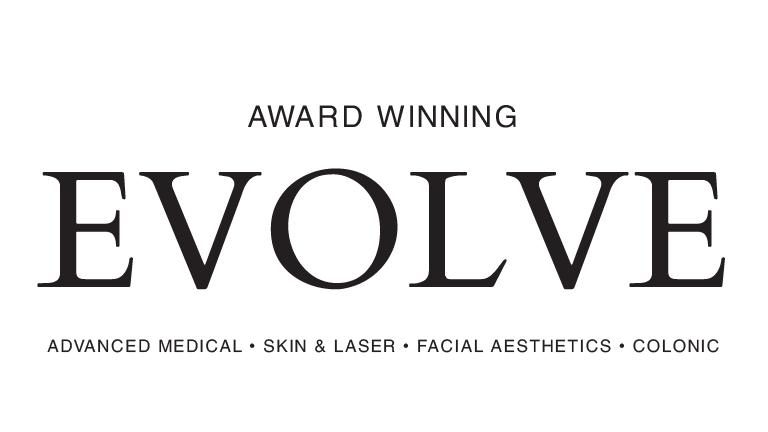
2 Comments. Leave new
Hi I have a small broken vein on my face and think maybe laser treatment may be an option. How much do your laser treatments start at?
Hi Debra, our laser treatment prices can be found in our brochure.
https://www.evolveskinclinic.com/clinic/wp-content/uploads/2018/09/evolve-brochure-april18-web.pdf